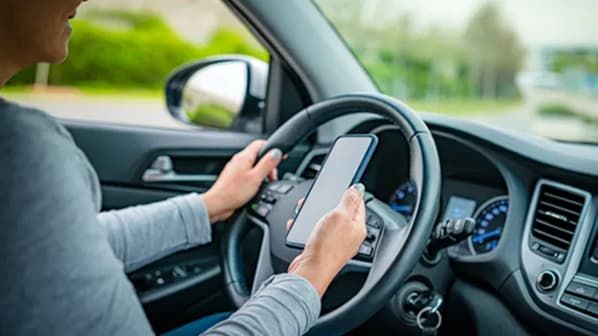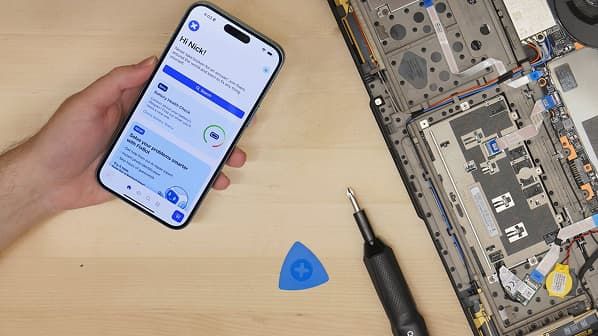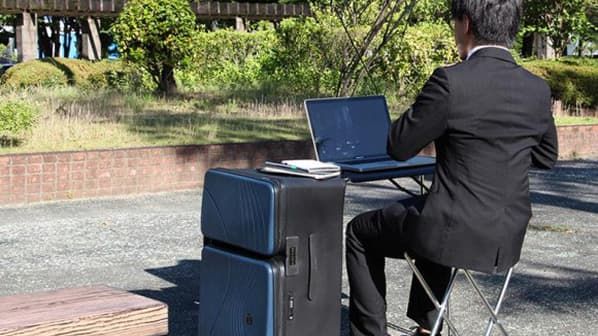In 2025, the USA witnessed a major shift in distracted driving law when 31 states, including the District of Columbia, enacted “no touch” or hands-free laws that ban drivers from holding or manually touching their phones while operating a vehicle. This is a sensible evolution from prior laws that amounted to only penalizing texting or phoning, with the emphasis being on the universal danger of any handheld phone use behind the wheel. They aim to reduce distraction by requiring the driver to have their phone on a mount and only interact with it through voice commands or the minimal tap-based input that does not entail removing one’s eyes from the road.
A Brief Guide to Construction Jobs

California’s 2025 no-touch requirement is among the most dramatic recent changes. Following a June appellate court ruling, the state made clear that drivers cannot hold their phones in any way while driving, even to glance briefly at a navigation app. The July 1, 2025, effective statute mandates that phones be mounted securely and limits interaction to voice commands or one tap commands that don’t distract. Violations first start at $20, which after fee is about $136, and increase for repeat offenses. The legislation applies to all drivers with no exemption for delivery or rideshare workers, reflecting California’s zeal to reduce road accidents that are caused by distraction.
Pennsylvania added the 31st state to pass such a law with its “Paul Miller’s Law” effective on June 5, 2025. The law bans all drivers from using or holding interactive mobile devices while driving or on the road in traffic. The law covers activities more than texting and calling, including social media surfing and online gaming. Pennsylvania initially warns the offenders for the crime in the first year but thereafter, for subsequent offenses, imposes a minimum fine of $50. Furthermore, causing a fatal accident due to violation of this law can lead to up to five years of additional prison time. Very strict exceptions are made, i.e., for making emergency calls and the use of GPS if the car stops safely.
These 31 states with laws on hands-free are dispersed throughout the entire nation and include Arizona, Connecticut, Delaware, Georgia, Hawaii, Illinois, Massachusetts, New Jersey, New York, Ohio, Oregon, Washington, and West Virginia among others. The only similar thing they have is the fact that they adopt legislation that it is a serious crime to use a phone during a driving session. This implies that the police officers can stop and frisk a driver on the mere reason of telephone phone possession or use, and that makes a great deal of difference in ensuring enforcement and prevention.
The pressure to enact these legislations comes with growing evidence of the danger of phone driving. Researchs conducted in Johns Hopkins have determined that even hands-free drivers using their phones have four times a high risk of crashing and may even slow their reaction time by half. The source underlines the fact that any physical or mental distraction seriously harms the road safety rate and the removal of handheld communication is the crucial step in minimizing those.
Not all states have gone to the extreme of no-touch laws, though. Nineteen states now have stronger prohibitions, mostly on texting or restricting device use by young or new drivers. This patchwork approach makes it inconsistent for drivers to be safe and presents challenges to travelers who may encounter different regulations state by state. However, with heightened awareness and campaigns to safety, more states should firm up distracted driving legislation in the near future.
For motorists, no-touch laws require practical alterations, such as putting phones on dashboard mounts prior to driving and engaging extended use of voice commands. Settings for navigation, playlists, and calls must pre-program to allow eyes and hands to be completely focused on driving. The growing wave of no-touch legislation is broadcasting a clear and unmistakable message: holding or touching your phone while driving is not only dangerous but illegal in most of the country, and embracing a hands-free mentality is the key to safer roads throughout the country.


Guess you like
-

Should You Utilize Cloud Storage and Cloud Backup Services?
-

Switch 2 Accessories Redefining Nintendo’s New Console
-

Eight Clues Can Show Your Refrigerator is Overly Cold
-

Starter’s Guide to Buying the Right Camera for Beginners
-

Unlock the Hidden Power of Google Earth: From Dullness to Engaged Exploration
-

How to Stencil Pastries with Daily Kitchen Tools
Trending
-
 1
1Trading Up to iPhone 17 Pro Left Me Wondering Why I Waited So Long
-
 2
2Celebrating The Game Awards 2025's Most Striking Aesthetic Visions
-
 3
3How the iFixit FixBot Democratizes DIY Repairs
-
 4
4How AI Agents Reshape Workplace Productivity
-
 5
5Rolling Worlds in a Carry-On: Building a Portable Gaming Kit for Real Travel
-
 6
6How Amazon Leo Could Bring 1 Gbps Internet from Space


